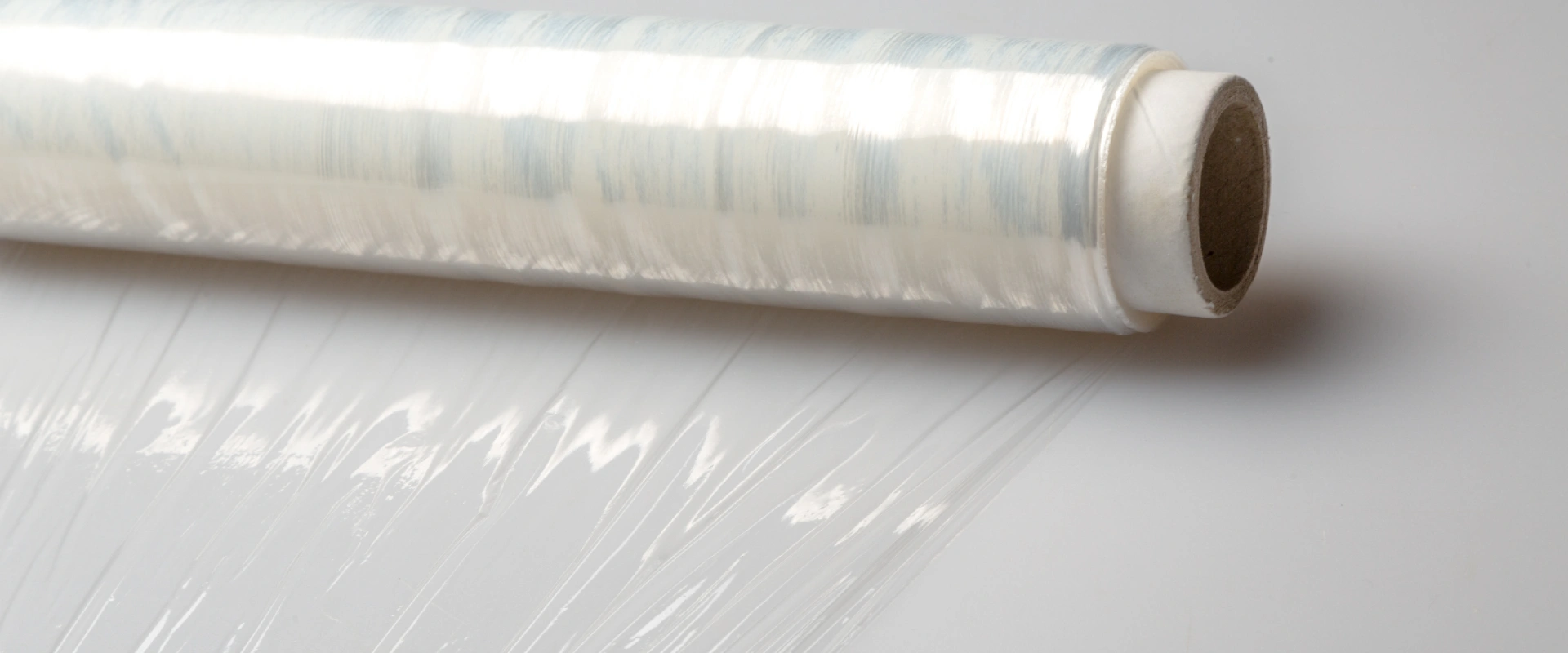Stretch wrap is a crucial component in packaging and logistics, offering protection and stability to goods during storage and transportation. However, selecting the right gauge of stretch wrap is essential for optimizing its performance and ensuring the safety of your products. Understanding how to choose the appropriate gauge can make a significant difference in effectiveness, cost, and overall packaging efficiency. Here’s a guide to help you determine the right gauge for your stretch wrap needs.
-
Understand What Gauge Means
The gauge of stretch wrap refers to its thickness, measured in mils (thousandths of an inch). A higher gauge indicates a thicker wrap, while a lower gauge represents a thinner wrap. Choosing the correct gauge depends on the type of items you are wrapping, their weight, and the conditions they will be exposed to during transport.
Benefits:- Appropriate Thickness: Ensures the wrap meets your specific needs.
- Performance Optimization: Enhances the wrap’s effectiveness.
-
Consider the Type of Load
The type and weight of the load being wrapped play a crucial role in determining the right gauge. For lightweight or smaller items, a lower gauge (e.g., 60-70 gauge) may be sufficient. However, for heavier loads or items with sharp edges, a higher gauge (e.g., 80-120 gauge) is recommended to provide better protection and durability.
Benefits:- Load Protection: Matches the wrap’s strength to the load’s requirements.
- Enhanced Durability: Prevents damage to both the load and the wrap.
-
Evaluate Environmental Conditions
Consider the environmental conditions that the stretch wrap will be exposed to. For items stored in extreme temperatures or outdoor environments, a higher gauge wrap with additional features, such as UV protection, may be necessary. Higher gauge wraps provide better resistance to tearing and environmental stress.
Benefits:- Environmental Resilience: Protects items from harsh conditions.
- Increased Longevity: Ensures the wrap performs well under various conditions.
-
Assess Stretch and Elasticity
Stretch wrap’s ability to conform to and secure items is influenced by its gauge. Higher gauge wraps typically offer less stretch but provide more strength and protection. Conversely, lower gauge wraps have higher stretchability but may offer less strength. Choose a gauge that balances stretch and strength according to your wrapping requirements.
Benefits:- Effective Conformity: Ensures the wrap fits and secures items properly.
- Balance of Strength and Stretch: Meets your specific packaging needs.
-
Factor in Cost and Efficiency
Cost considerations are essential when choosing the right gauge. Higher gauge wraps are generally more expensive, but they may provide better protection and fewer wrap layers, leading to cost savings in the long run. Evaluate your budget and determine if investing in a higher gauge wrap offers greater efficiency and protection for your specific application.
Benefits:- Cost-Efficiency: Balances wrap cost with performance benefits.
- Long-Term Savings: Reduces the need for multiple layers and potential damage costs.
-
Consult with a Packaging Specialist
When in doubt, consulting with a packaging specialist or supplier can provide valuable insights. They can help you assess your specific needs, recommend the appropriate gauge, and offer samples for testing. Professional advice ensures you select the most suitable stretch wrap for your application.
Benefits:- Expert Guidance: Provides tailored recommendations.
- Sample Testing: Allows for evaluation before making a purchase.
Conclusion
Choosing the right gauge for your stretch wrap is crucial for optimizing protection, performance, and cost-efficiency. By considering factors such as load type, environmental conditions, stretchability, and cost, you can select the ideal gauge to meet your specific packaging needs. For a wide range of high-quality stretch wrap options and expert guidance, visit NTXSupply.com. NTX Supply offers a diverse selection of stretch wraps designed to fit various requirements and ensure the safety of your goods.

